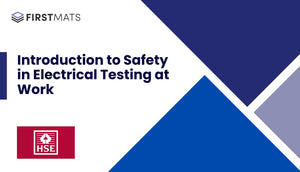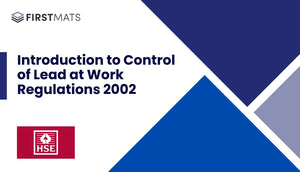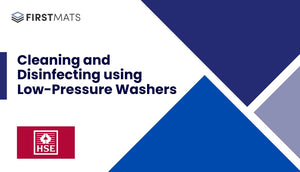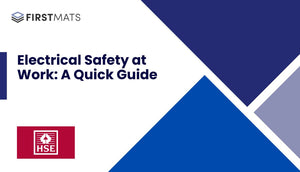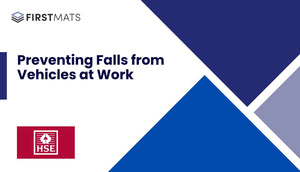Article Index:
Introduction
This article is a quick guide to the Health and Safety Executive (HSE) document titled "Working with substances hazardous to health: A brief guide to COSHH" (INDG136, revised 10/12). The original document is a comprehensive guide on how to control hazardous substances at work to prevent ill health, in compliance with the Control of Substances Hazardous to Health (COSHH) Regulations 2002. This article breaks down the key points from the document into an easy-to-understand format.
Why is this guide important?
Every year, thousands of workers are made ill by hazardous substances, leading to diseases like asthma, cancer, and dermatitis. These illnesses cost industries, society, and individuals millions of pounds each year. Therefore, employers are responsible for taking effective measures to control exposure and protect health. This guide helps employers understand what measures they need to take.
Harmful Substances at Work
- Dusty or fume-laden air can cause lung diseases in workers such as welders, quarry workers, and woodworkers.
- Metalworking fluids can grow bacteria and fungi which cause dermatitis and asthma.
- Flowers, bulbs, fruit and vegetables can cause dermatitis.
- Wet working, such as catering and cleaning, can cause dermatitis.
- Prolonged contact with wet cement in construction can lead to chemical burns and/or dermatitis.
- Benzene in crude oil can cause leukaemia.
Identifying the Dangers in Your Business
Employers need to identify the harmful substances in their business. They can do this by checking the information that came with the product, asking the supplier, sales representative, and their trade association, looking in the trade press for health and safety information, and checking on the HSE’s website.
Assessing Risk
Risk assessment involves taking sensible steps to prevent ill health. Employers need to understand how workers are exposed, and to how much, before they can decide if they need to reduce their exposure. The COSHH Regulations require employers to assess the risk to their employees, and to prevent or adequately control those risks.
Choosing Control Measures
Control measures should be chosen in the following order of priority:
- Eliminate the use of a harmful product or substance and use a safer one.
- Use a safer form of the product, such as paste rather than powder.
- Change the process to emit less of the substance.
- Enclose the process so that the product does not escape.
- Extract emissions of the substance near the source.
- Have as few workers in harm’s way as possible.
- Provide personal protective equipment (PPE) such as gloves, coveralls and a respirator. PPE must fit the wearer.
Conclusion
This guide provides a simplified overview of the HSE's document on working with substances hazardous to health. It is crucial for employers to understand the risks associated with hazardous substances in their workplaces and to take appropriate measures to control these risks, in order to protect the health of their employees and comply with the COSHH Regulations.


